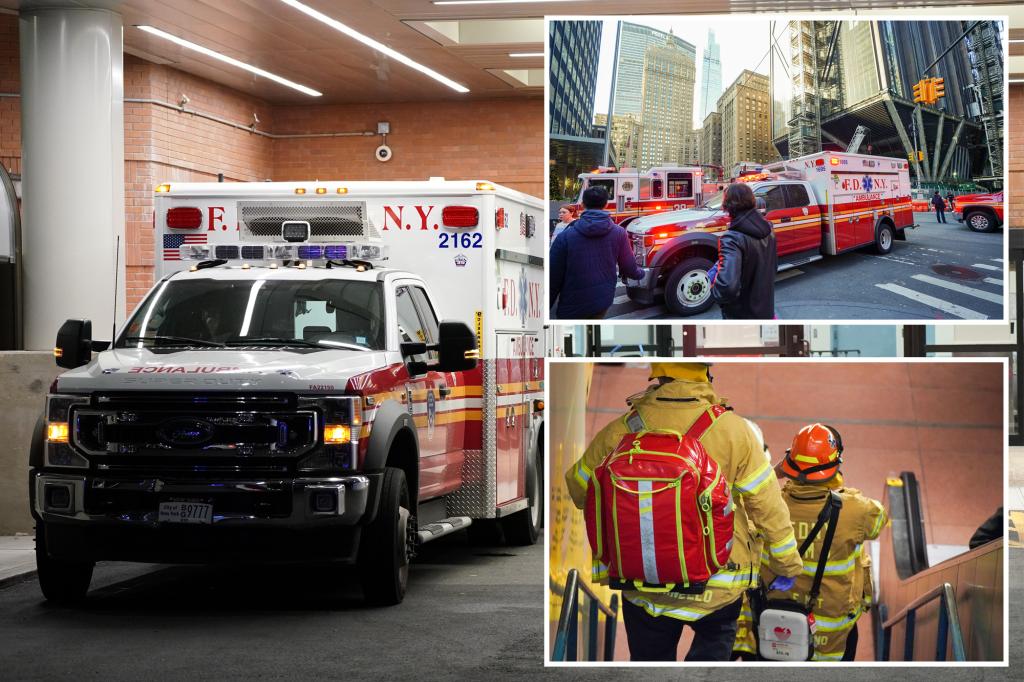The New York City Fire Department (FDNY) is facing a crisis as four out of five New Yorkers who go into cardiac arrest end up dying due to soaring response times to medical emergencies. This has led to the worst success rate in reviving cardiac arrest patients since the FDNY began documenting the statistic over a decade ago. FDNY President Andrew Ansbro has highlighted the need for more resources for the FDNY to address the increasing response times and high volume of calls. Ansbro emphasizes the importance of faster response times to ensure the survivability of patients in life-threatening situations.
Over the last three fiscal years, FDNY firefighters and medics have been taking longer to arrive at medical emergencies. Combined response times by FDNY ambulances and fire companies to “life-threatening medical emergencies” increased to 10 minutes and three seconds in FY 2024, up from the previous year. Experts note that cardiac cases not treated with CPR within eight minutes usually end in death, making rapid response times crucial for increasing survival rates. The department needs to understand the reasons behind the delays and work towards reversing this troubling trend to prevent unnecessary loss of life.
In fiscal 2024, FDNY personnel responded to over 600,000 life-threatening medical emergencies, including a significant number of cardiac arrests or choking incidents. The increase in emergency calls, coupled with staffing shortages and strained resources, has further exacerbated response times. Oren Barzilay, president of Local 2507 of District Council 37, points out that City Hall’s anti-car agenda, which has led to changes in traffic patterns, has also contributed to slower response times for first responders. Barzilay stresses the urgent need for more resources and personnel to address the challenges faced by FDNY personnel.
The FDNY has recently changed how it measures revivals of cardiac arrest patients, shifting to a national standard that defines success as the sustained return of spontaneous circulation for patients upon arrival at hospitals. Under the previous metrics, success rates were as high as 35% in FY 2019 but dropped to 28% by FY 2023. The implementation of the current national standard method has resulted in a survival rate of only 20% for both FY 2023 and FY 2024. The department spokesperson emphasizes that the city’s survival rate is comparable to the national average for out-of-hospital cardiac arrest patients and highlights several new initiatives aimed at decreasing response times.
Despite the challenges faced by the FDNY, spokesperson Amanda Farinacci Gonzalez reiterates that responding to New Yorkers in need is a top priority for the department. Initiatives such as hospital liaison officers, paramedic response units, increased access to telehealth, and raising awareness of when to call 911 have been introduced to help decrease response times. Gonzalez notes that in recent years, there has been a significant increase in the call volume and transports to the hospital handled by EMS. While the survival rate for cardiac arrest patients remains alarmingly low, efforts are being made to improve the situation and ensure that New Yorkers receive timely and effective emergency medical assistance.


